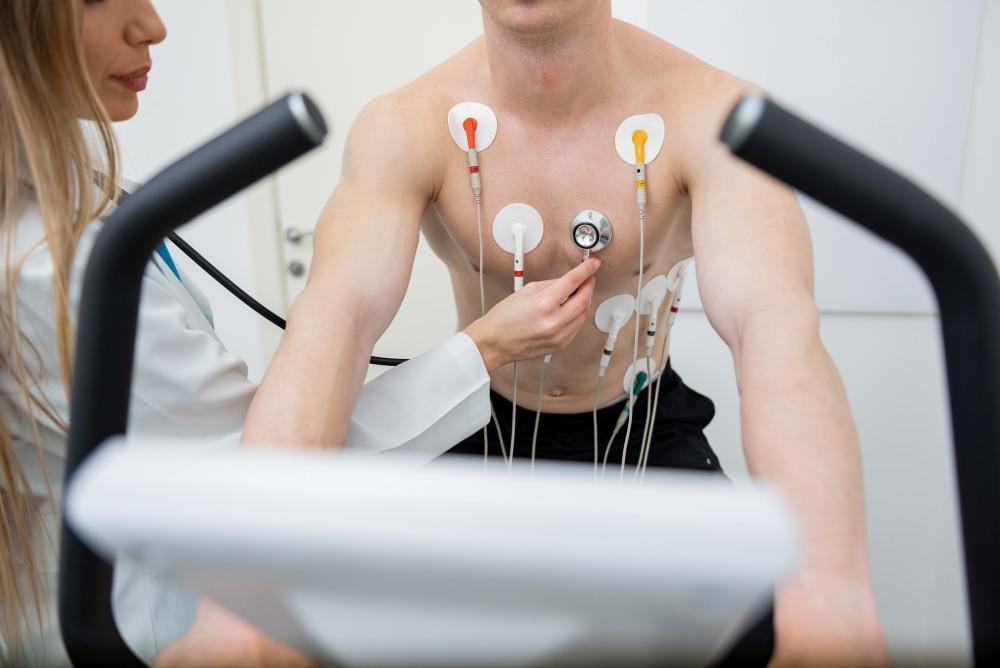
Recognizing the Early Signs of Peripherial Artery Disease

Peripheral artery disease — often called just PAD — affects as many as 12 million adults. That’s about 1 in 20 adults over the age of 50 who struggle with clogged veins in the legs. As with clogged veins in the heart, clogged veins are very serious and can increase your risk of heart attacks and strokes, according to the National Heart, Lung, and Blood Institute.
Because the complications of untreated PAD are so serious, Dr. Henock Saint-Jaques of Harlem Cardiology encourages you to come see us as soon as you spot the signs of PAD. Not only can we diagnose peripheral artery disease, but we can help you manage it too.
In order to stay informed, read through this guide on PAD and learn to recognize the early signs of peripheral artery disease.
What is peripheral artery disease?
When you develop peripheral artery disease, it means that your legs and feet aren’t receiving enough blood flood. There is a blockage (usually plaque) that compromises your blood flow through your lower extremities.
3 early warning signs of peripheral artery disease
One of the earliest signs of PAD is pain and muscle cramps. You might notice painful cramping:
- When walking
- When exercising
- When climbing stairs
The pain — which is officially called claudication — can occur in your hips, your legs, and your calves. Why is this a warning sign of PAD? Your muscles need blood flow to perform, and the more active you are, the more blood your muscles need. If your blood flow is not up to par, then your muscles won’t get enough blood (and oxygen) when you’re active. The lack of blood and oxygen in the muscles is what causes pain and cramping.
Other signs of PAD
Of course, leg cramps aren’t the only warning sign of PAD. In addition to pain and cramps while walking, exercising, or climbing stairs, you might notice:
- Numbness in your leg
- Coldness in your foot or leg
- Slow-healing sores on your foot and/or legs
- Loss of hair on your legs or foot
- Weaker pulses in your leg
- Slow-growing toenails
In men, PAD can also contribute to erectile dysfunction, according to the American Heart Association.
What to do if you spot these signs
Although some of the signs of PAD might not seem to be problematic (like loss of hair on your legs), it’s important to get PAD diagnosed and treated as soon as possible. That’s because untreated PAD can increase your risk of cardiac events such as heart attack and stroke.
The good news is that PAD can be diagnosed using tests such as an angiography, Doppler imaging, computed tomography arteriogram (CTA) scan, or magnetic resonance imaging (MRI) arteriogram. Once PAD is diagnosed, we can help you get the treatment you need to avoid the complications of untreated PAD.
Vascular care when you need it
At Harlem Cardiology, we care for your heart, and that includes your vascular system too! If you suspect you have PAD and see these warning signs, give us a call. Make an appointment at Harlem Cardiology today by calling our East Harlem, New York, clinic at 646-381-2181.
You may also request an appointment online with our easy-to-use portal.
You Might Also Enjoy...


Is It Possible to Lower My Blood Pressure Naturally or Do I Need Medicine?

What You Can Do Now to Prevent a Stroke Later in Life

3 Noninvasive Tests That Measure the Health of Your Heart

What Can I Do About My Varicose Veins?


